MIDWEST RAILROAD
Grand Elk Railroad moves over 22,000 carloads annually across a 123-mile corridor, connecting Michigan and Indiana industries to major national rail networks. As one of Watco’s 40+ shortline railroads, Grand Elk plays a vital role in regional freight logistics.
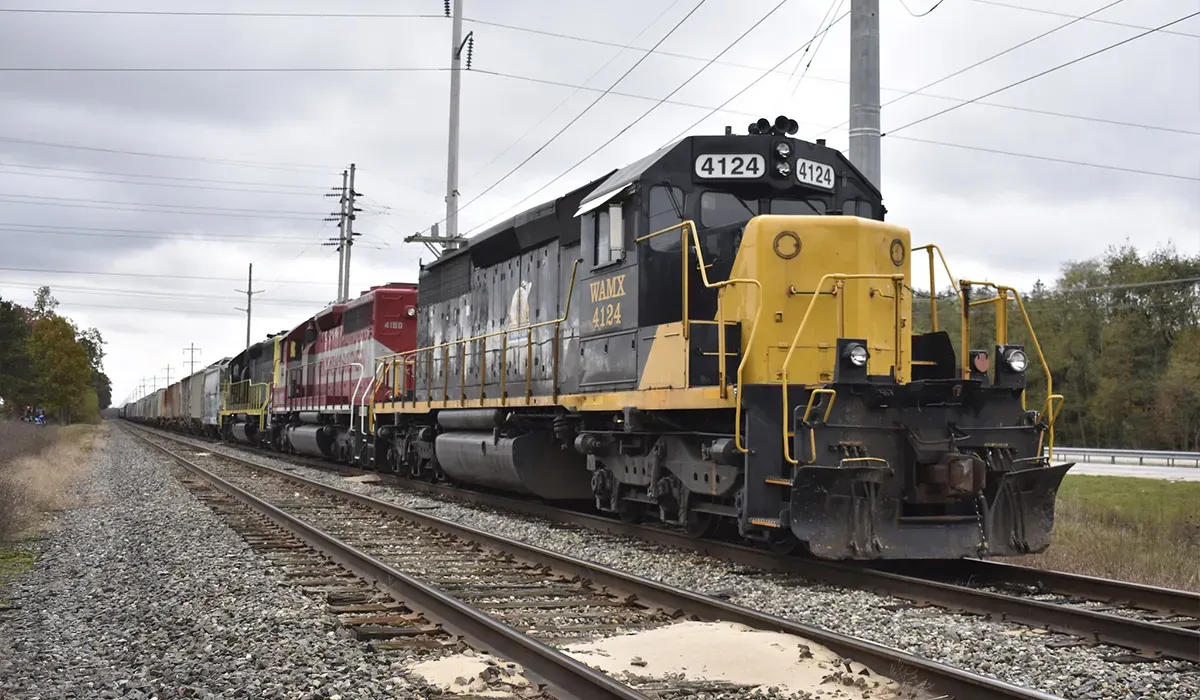

Grand Elk Railroad operates one of North America's most extensive shortline freight rail networks, connecting businesses across Michigan and Indiana with safe, efficient, and environmentally responsible transportation solutions. The railroad’s 123-mile network runs from Grand Rapids, Michigan, through Kalamazoo, to Elkhart, Indiana, primarily hauling commodities such as agricultural products, chemicals, plastics, paper, and manufactured goods..
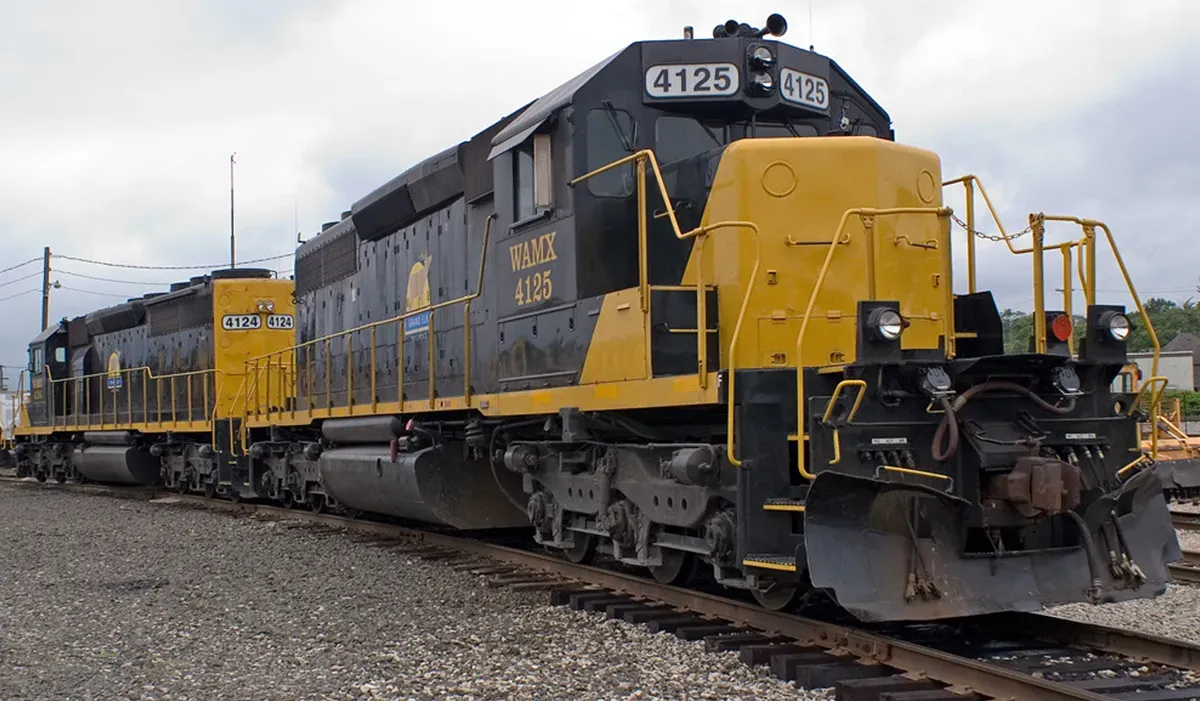
FOUNDING HISTORY & ORGANIZATIONAL STRUCTURE
Grand Elk Railroad was founded in 2009 by Watco Companies, following the lease of the former Grand Rapids and Indiana Railroad mainline and a Lake Shore & Michigan Southern branch from Norfolk Southern. The original purpose was to provide regional freight service and improve local rail connectivity, with no major mergers since its inception..
HEADQUARTERS & OPERATIONAL BASES
The headquarters of Grand Elk Railroad is located at 306 South Rose Street, Kalamazoo, Michigan. The facility serves as the central hub for administrative operations, dispatching, and customer service, supporting both field and office staff in managing daily railroad activities..
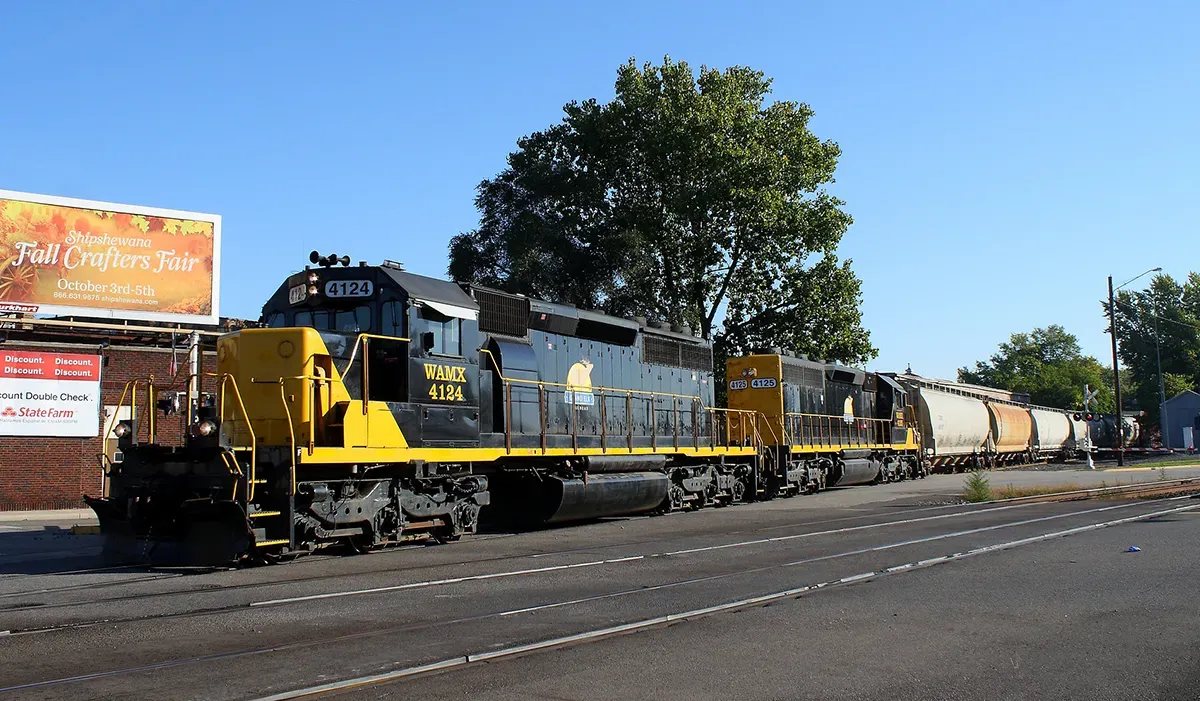
LEADERSHIP & EMPLOYEES
Joe Grupczynski serves as President of Grand Elk Railroad, overseeing strategic direction and operational management. The executive team includes experienced leaders in operations, safety, and customer relations, many of whom have backgrounds in Watco Companies and other regional railroads, ensuring a strong focus on service reliability and safety.
Grand Elk Railroad employs approximately 60 people, with about 45 serving as skilled craftspeople, maintenance workers, and service teams. The workforce includes a mix of train crews, mechanical staff, and administrative personnel, with ongoing efforts to promote diversity and inclusion across all departments.
FACILITIES & OPERATIONS
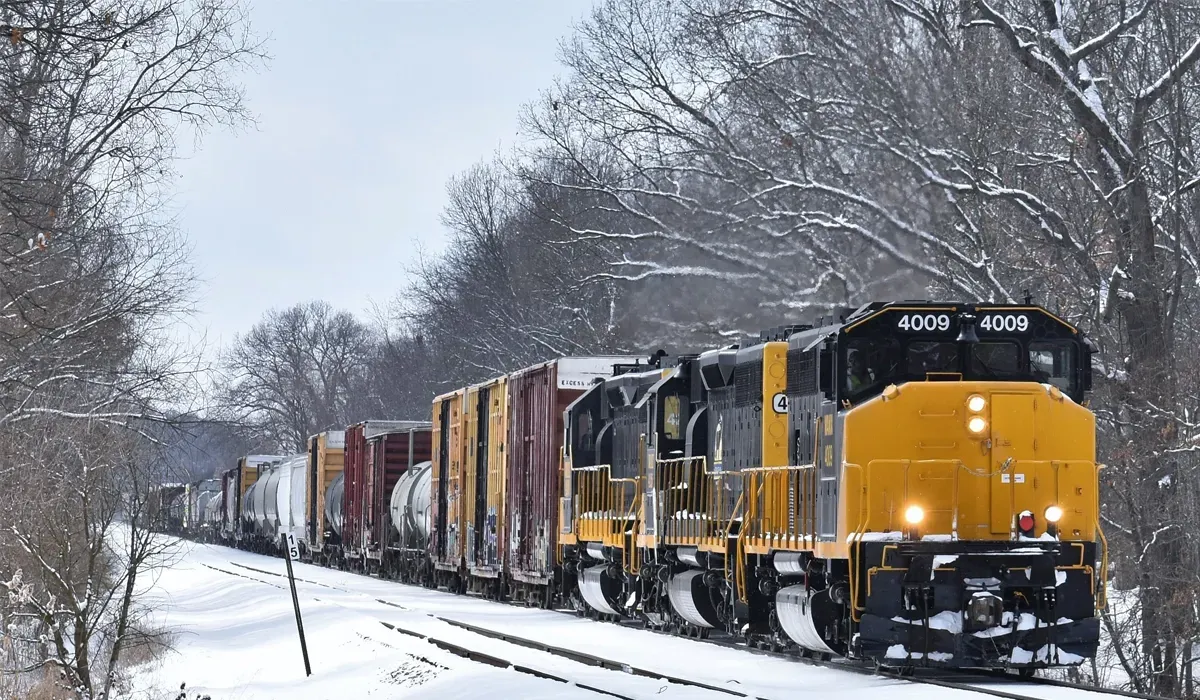
Major facilities include the Grand Rapids terminal in Michigan, the Kalamazoo yard and engine house, and the Elkhart interchange in Indiana. Additional key locations are the Kilgore Yard in Kalamazoo for interchange with Canadian National, and the Newberry engine house in Michigan’s Upper Peninsula, supporting Watco’s expanded operations.
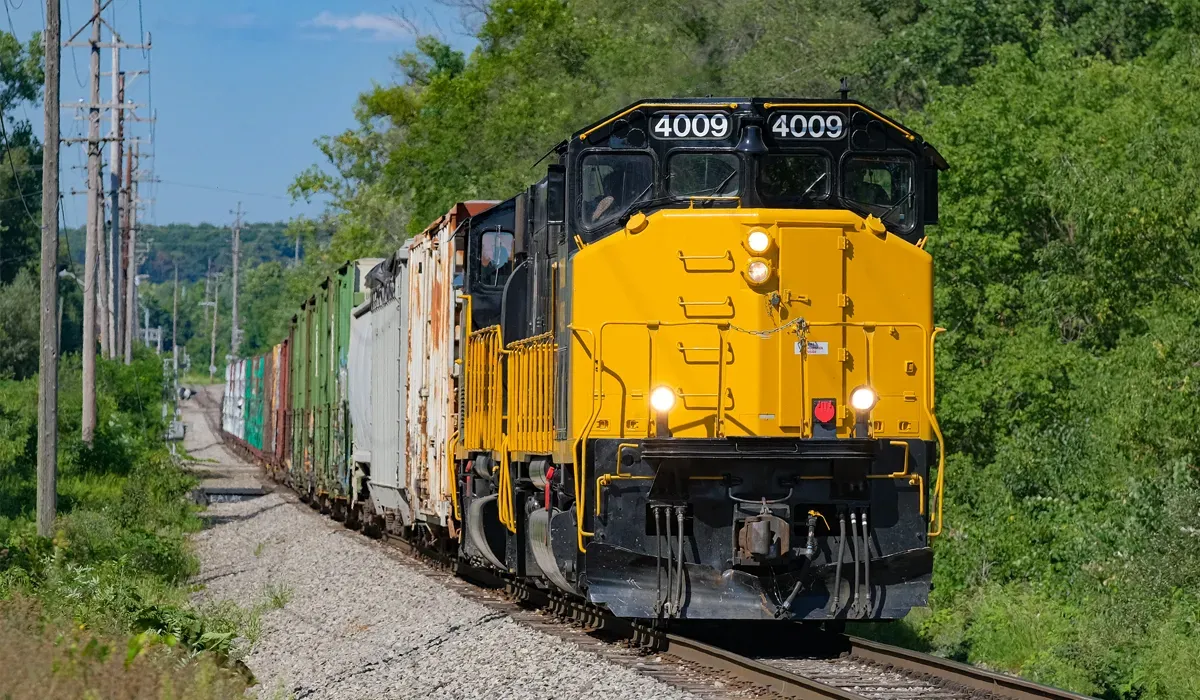
Grand Elk Railroad maintains compliance with Federal Railroad Administration safety standards and participates in Watco’s ISO 9001-certified quality management system. The company has received safety awards for incident reduction and is committed to environmental stewardship through responsible operations.
EQUIPMENT & INFRASTRUCTURE
The railroad handles a variety of container types, including boxcars for general freight, tank cars for chemicals and liquids, and covered hoppers for agricultural products. While intermodal containers are not a primary focus, the railroad’s facilities are equipped to handle specialized shipments as needed.
Grand Elk Railroad utilizes advanced technology platforms for train tracking, dispatch, and customer service. Systems include real-time GPS tracking, electronic waybill management, and a customer portal for shipment status and billing. Automation tools streamline yard operations and improve scheduling efficiency.
The geographic scope of Grand Elk Railroad covers Michigan and Indiana, with a total of 123 route miles. Key corridors include the Grand Rapids to Kalamazoo mainline and the Kalamazoo to Elkhart branch, providing vital connections to national rail networks.
Strategic partnerships include interchanges with Norfolk Southern in Elkhart and Kalamazoo, CSX in Grand Rapids, and Canadian National at Kilgore Yard. The railroad also collaborates with Marquette Rail, Grand Rapids Eastern Railroad, and Michigan Southern Railroad for regional connectivity.

FINANCIAL METRICS & STABILITY
In 2024, Grand Elk Railroad reported a pre-tax profit of $4.2 million on revenues of $22 million. The company’s operating ratio improved to 78%, reflecting enhanced operational efficiency and cost management.
Recent investments include $2.5 million in track upgrades and yard improvements in 2023, along with the construction of a new engine house in Newberry, Michigan, in 2022. No major acquisitions have occurred since the railroad’s founding.
SERVICE PORTFOLIO

Grand Elk Railroad offers a range of logistics services, including full container load and less than container load shipments. Additional services include transloading, warehousing, and customized freight solutions for regional shippers. The company also provides cargo insurance and trade compliance consulting to support customer needs.

Grand Elk Railroad has launched a new customer portal to enhance self-service capabilities and improve day-to-day activities for its clients. Additionally, the company offers an API center to facilitate seamless integration with customer systems, enabling real-time shipment tracking and electronic billing.
INDUSTRY REPUTATION & NEWS
Grand Elk Railroad is actively working to enhance operational efficiency and service quality. The company has implemented automated scheduling and yard management systems to improve train movements and reduce dwell times. Recent news highlights ongoing investments in safety and infrastructure to support growing freight volumes.
Grand Elk Railroad’s Site Certification Program has identified optimal rail-served sites and conducts in-depth reviews to ensure readiness for development. This program aims to minimize development risks for customers and enhance supply chain efficiency, earning recognition for its proactive approach.
ANALYSIS & FUTURE OUTLOOK